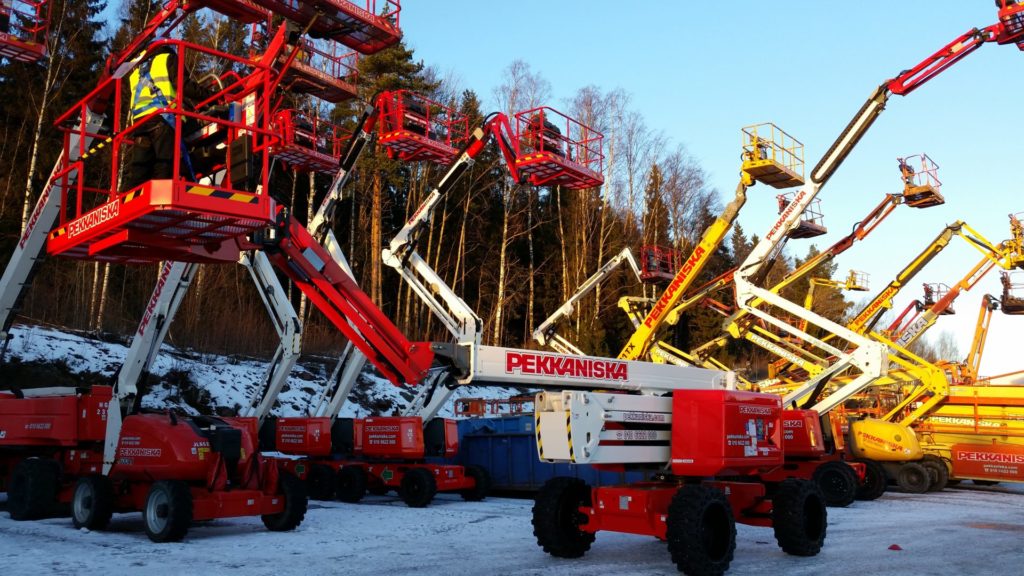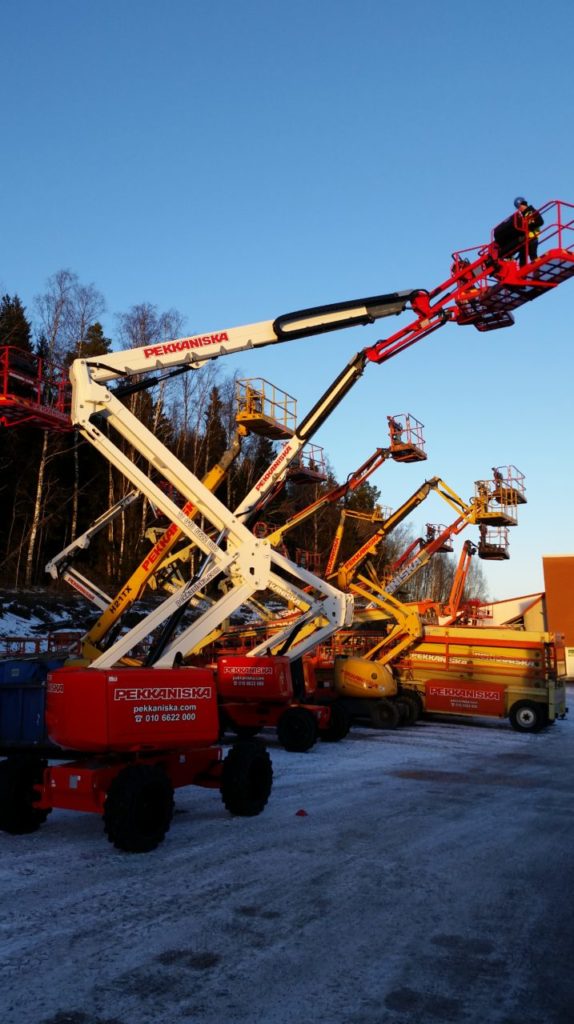The construction industry highly contributes to most Western and eastern countries’ economies. We estimate that 6 to 10% of the workforce are construction workers in these developed areas. Although it is a wealthy and opportunity-oriented sector, it is also one of the most dangerous when it comes to human safety. For a while now, building actors have tried to make a difference by optimizing working conditions, offering new and friendlier product ranges, and generalizing training for those who are onsite.
Safety was and still is a long-lasting priority for companies.
Kent Boström, Nordic and Baltic representative for IPAF, reflects on this topic.
Kent’s background:
Kent Boström joined IPAF 5 years ago. The organization wasn’t present locally, although the rental market for construction equipment was quite developed. Kent is helping IPAF to reinforce its position in the Nordic and Baltic area by overseeing 8 countries – including Denmark and Sweden.
According to you and based on your regional scope (Northern Europe / Baltic), what does it mean to have a “safe and effective use of powered access equipment “?
It all starts with training where people must understand the risk associated when working with such machines. You can’t use any equipment without assessing the risks that go with it.
Modern machinery is very user-friendly, which is excellent, but it could become dangerous because we get used to it and rely on its technology and user friendliness.
Dangers are not always visible, but we can’t take them lightly. Part of the job that needs to be done includes awareness.
Most of the accidents on-site are usually caused by the human element. It is rarely due to the machines. Companies have the choice to make safety a priority for their workplace. You could either do the bare minimum or make a difference by investing in a high-quality training. Unfortunately, recruiters and employers are not always ensuring that the operators they hire are competent enough or trained enough to do the job because it costs money to find, or train, such candidates.

Is this your local understanding of “safety,” or is it more of a borderless statement?
I think what we see here regarding safety is similar to what we will see abroad. But, again, it is more a question of the work industry and employers’ expectations than a local problem.
When meeting colleagues from other countries, we understand that we in the Nordic region sometimes need to step up and align ourselves to their game.
We could either feel comfortable with where we are in terms of safety, or constantly try to do better by being strict and challenging our standards. For example, in Denmark, we went from 0 to 3 training centers in 4 years, 2 700 people have been trained since then. Of course, we will do much more, but it is already a great start, and we are aiming to have many more training sessions.

Is the maturity of the market correlated with the safety rules?
These days, we have more platforms on worksites. It increases the risks for operators and those involved in the project, who pass the machines by every day. We are having more conversations about safety because it is needed to ensure everyone’s security. As we see more and more machines on-site every day, you need to be aware of the risks. Accidents cost lots of money to companies and if they can avoid it – they will! The mentality around training is no longer “just tick the box so we can get to work asap”. Instead, training is now more considered as an investment.
And what is your vision for the next 10 years? What would you expect in terms of MEWP (mobile elevating work platform) safety?
I don’t see the industry transitioning to a no-human onsite reality, no matter how innovative and powerful the machines might become. It only means that the risks will increase for the human element. To me, the evolution of our equipment somehow goes with an increase in the hazard’s exposure. The more advanced and revolutionary a product is, the more training you need. So, I do expect a common understanding of this phenomenon. But, overall, I would like to see more awareness and have training becoming a serious must.